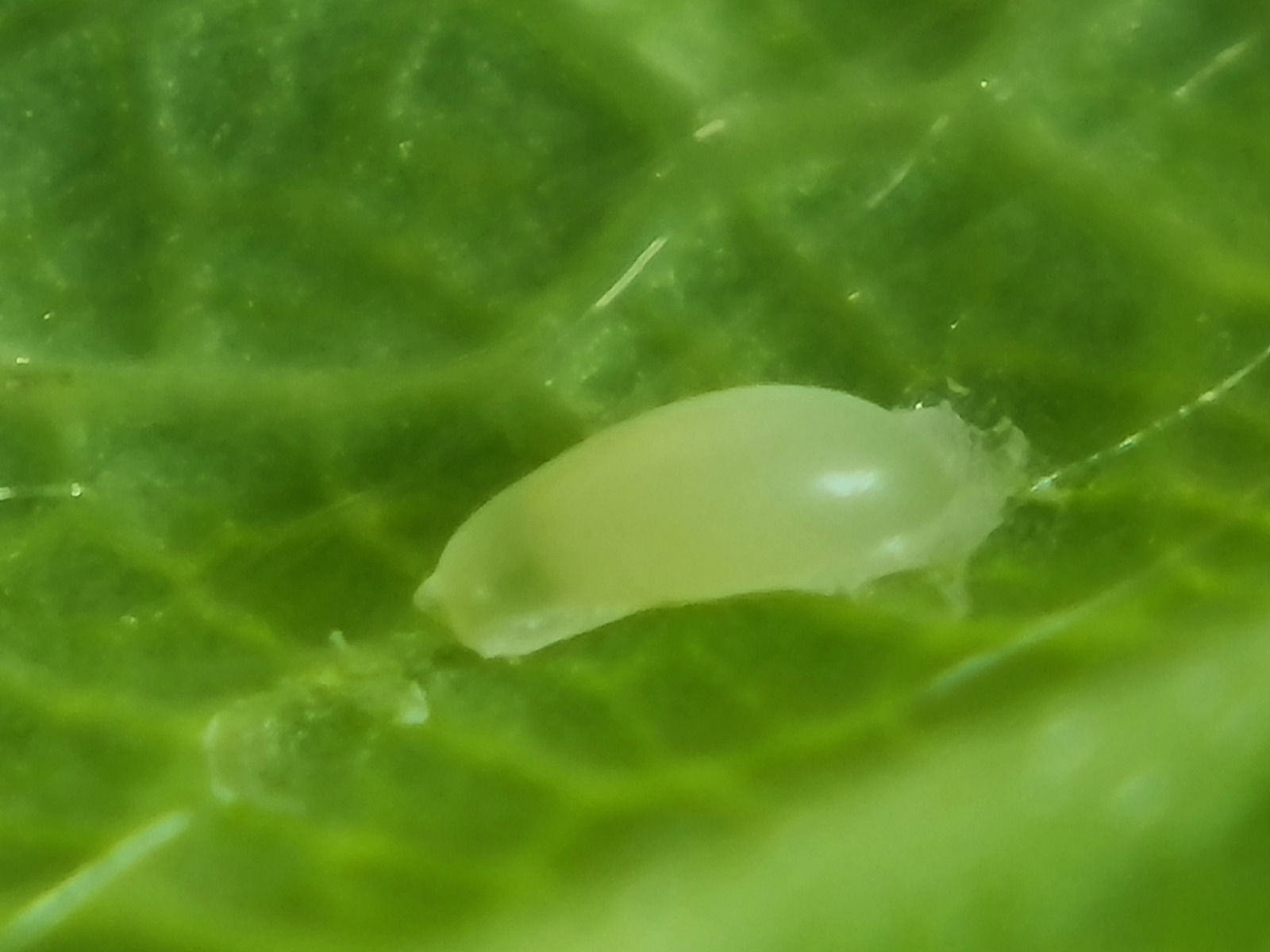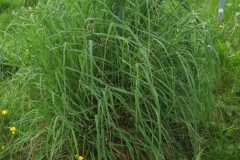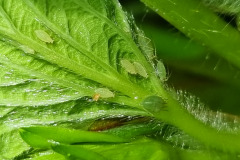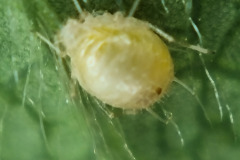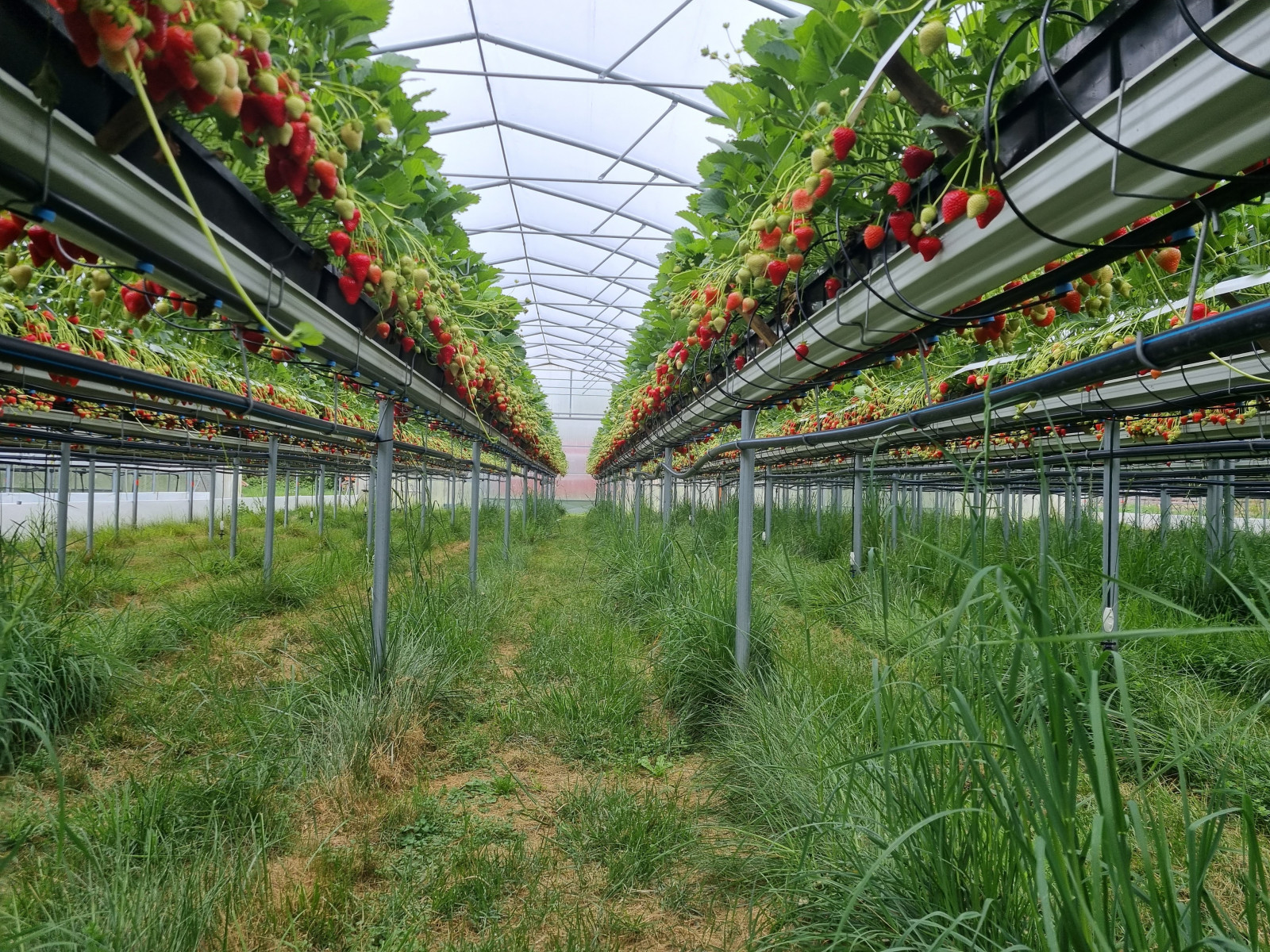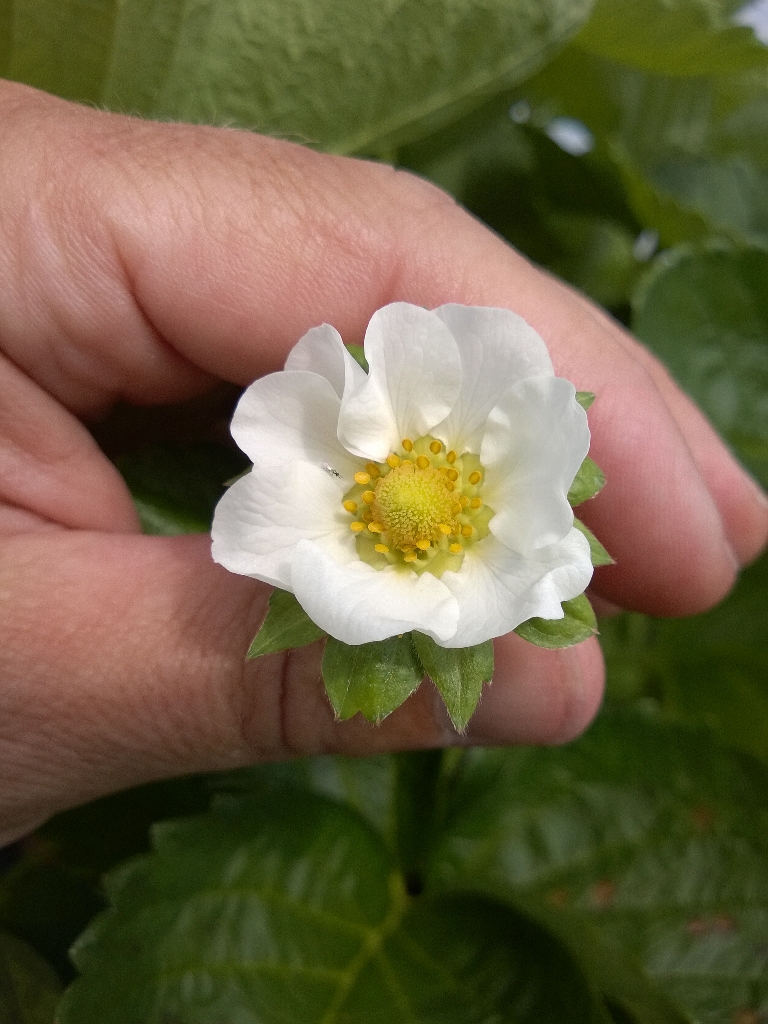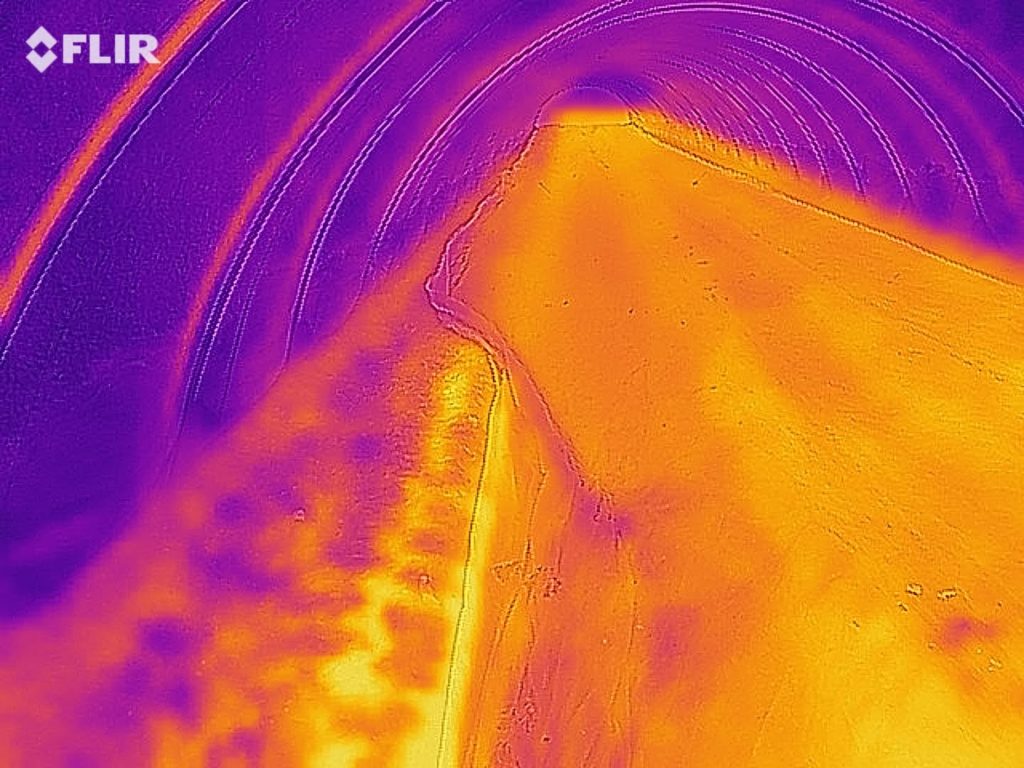Yes, not only bugs. But a little more. I also smuggled a little mildew statistics in, and a little weed-climate issue.
Mildew statistics: Important to know about the scaling: 0 = no mildew; 3 just not acceptable; 5 = full with mildew. Two things are quite interesting i think:
– The total level of mildew is very acceptable, although growers hardly spray
– The everbearers don’t have mildew (or on a really low level). Although these growers dont spray.
Weeds below the table tops.
No, it doesn’t look that clean, but it has quite some advantages:
– Much better / stable climate. Especially in last weeks hot climate.
– Much more predators.
Flowers. Several flowers are attractive for Trips and or Orius. The differences between the flowers are quite huge. My son is doing a research right now after the differences between some of them. Good to see.






